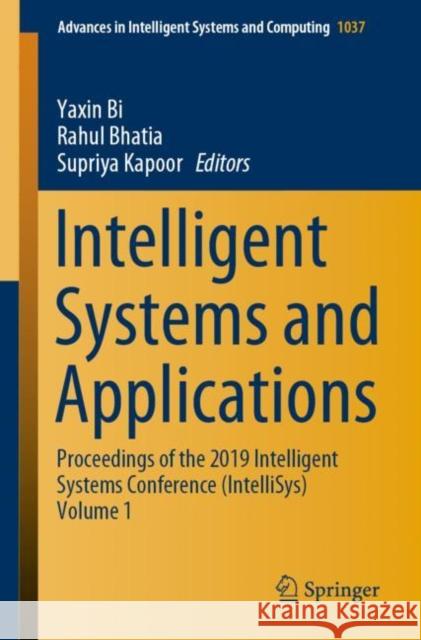Intelligent Systems and Applications: Proceedings of the 2019 Intelligent Systems Conference (Intellisys) Volume 1 » książka
topmenu
Intelligent Systems and Applications: Proceedings of the 2019 Intelligent Systems Conference (Intellisys) Volume 1
ISBN-13: 9783030295158 / Angielski / Miękka / 2019 / 1302 str.
Intelligent Systems and Applications: Proceedings of the 2019 Intelligent Systems Conference (Intellisys) Volume 1
ISBN-13: 9783030295158 / Angielski / Miękka / 2019 / 1302 str.
cena 806,99
(netto: 768,56 VAT: 5%)
Najniższa cena z 30 dni: 771,08
(netto: 768,56 VAT: 5%)
Najniższa cena z 30 dni: 771,08
Termin realizacji zamówienia:
ok. 22 dni roboczych
Bez gwarancji dostawy przed świętami
ok. 22 dni roboczych
Bez gwarancji dostawy przed świętami
Darmowa dostawa!
Kategorie:
Kategorie BISAC:
Wydawca:
Springer
Seria wydawnicza:
Język:
Angielski
ISBN-13:
9783030295158
Rok wydania:
2019
Dostępne języki:
Numer serii:
000453356
Ilość stron:
1302
Waga:
1.84 kg
Wymiary:
22.86 x 15.75 x 6.6
Oprawa:
Miękka











